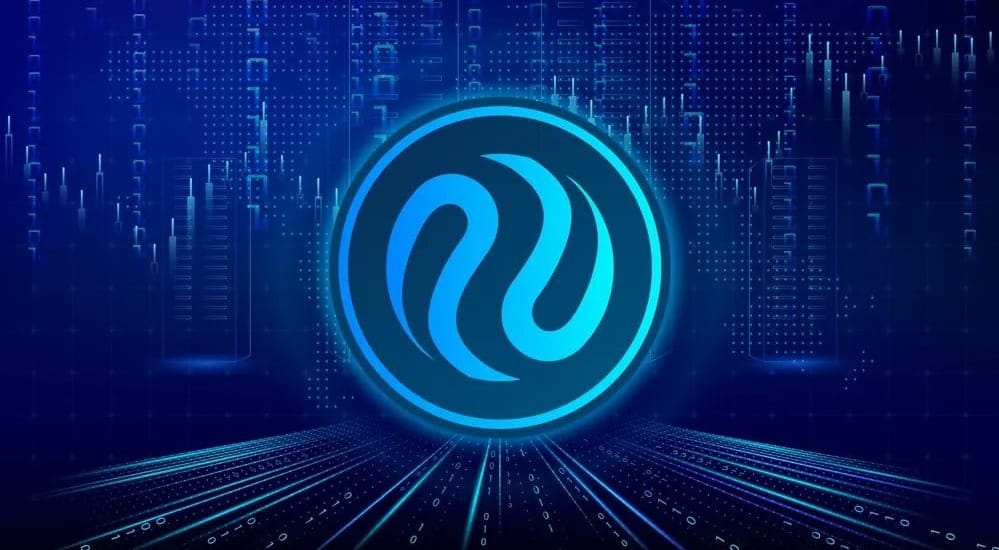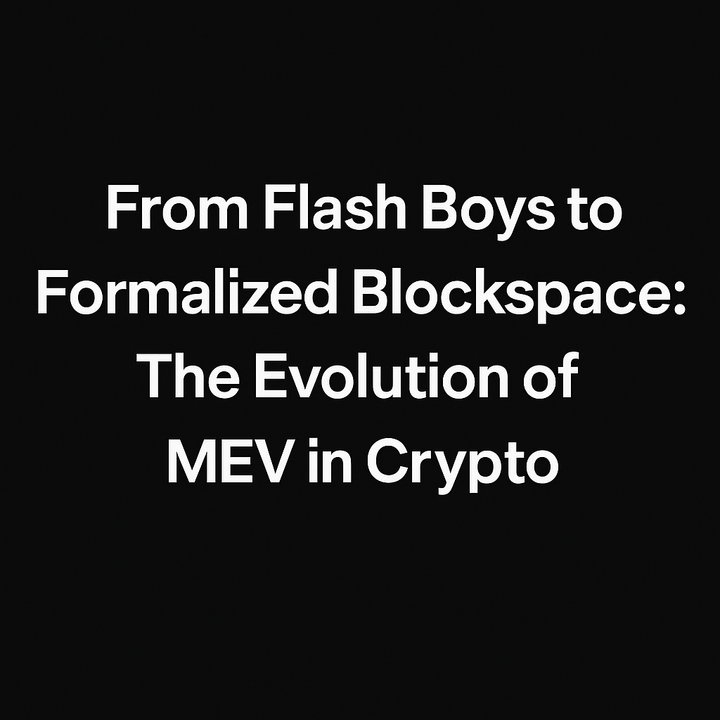The Hidden Superpower in DeFi You’ve Probably Overlooked

The Power You Didn’t See Coming
DeFi (Decentralized Finance) is packed with buzzwords. We hear about APY, staking, yield farming, bridges, liquidity pools, and a hundred other terms that sound exciting but often overwhelm newcomers.
With so much noise, it’s easy to miss some of the real game-changers.
And tucked quietly in the background is a technology so powerful that it could reshape how we use DeFi entirely, yet most people don’t even know it exists.
This hidden superpower?
Cross-chain programmable liquidity.
It’s not the catchiest phrase in the world, but stay with me because once you understand it, you’ll see why it could be the backbone of the next era of crypto.
Why DeFi Feels Stuck
Before we get to the hidden superpower, let’s talk about the problem.
Right now, DeFi is fragmented.
Different blockchains like Ethereum, Solana, Polygon, Avalanche, and others are like separate cities with no highways between them. Sure, you can travel between them, but it’s a pain.
If you:
- Have USDC on Ethereum and want to use it on Solana…
- Want to borrow on Polygon using ETH from Avalanche…
- Want to stake on BNB Chain but your assets are on Ethereum…
…you quickly run into a wall.
The bridges that connect these chains are slow, expensive, and often risky. In the past two years alone, bridge hacks have stolen billions of dollars from users.
This means DeFi isn’t as “open” as it claims to be.
Instead of one big connected ecosystem, it’s more like a bunch of walled gardens.
Enter the Superpower – Cross-Chain Programmable Liquidity
Now imagine if your assets could:
- Move between chains instantly
- Be used wherever they’re needed
- Always be in the most profitable or useful place
- Do all this without you having to lift a finger
That’s what cross-chain programmable liquidity enables.
In simple words:
Your crypto stops being stuck in one place and starts acting like it’s everywhere at once.
This is the hidden engine behind projects like Mitosis, which are quietly building the infrastructure to make DeFi feel seamless instead of scattered.
Breaking Down the Term
Let’s simplify that intimidating phrase:
- Cross-chain → Works across multiple blockchains.
- Programmable → Can be automated or instructed to act based on certain rules.
- Liquidity → Assets (like tokens) that can be easily moved or used in trading, lending, or staking.
So in short:
It’s money that can move anywhere in DeFi, automatically, to do whatever you need it to do.
Why This Is a Game-Changer
This superpower changes DeFi in three big ways:
1️⃣ No More Stuck Assets
Your ETH on Ethereum could instantly be used in a Polygon lending market without bridges.
2️⃣ Smarter Yield
Your liquidity could automatically move to platforms offering the best returns.
3️⃣ Simpler User Experience
From a user’s perspective, it would feel like one single DeFi ecosystem, not a messy patchwork of chains.
A Real-World Analogy – The Super Bank Account
Think of your crypto like money in separate bank accounts one in the US, one in the UK, one in Japan.
Without cross-chain liquidity:
- You can only spend US dollars in the US account.
- If you want to use that money in Japan, you have to send it through an expensive and slow wire transfer.
With cross-chain programmable liquidity:
- All your accounts are connected.
- You can spend from any account instantly, no matter where you are.
- The system automatically pulls from the account with the best exchange rate or lowest fees.
How Builders Use This Superpower
For developers, this isn’t just a convenience, it’s a foundation for building better apps.
With programmable liquidity, they can:
- Build DEXs that offer the best price no matter which chain you’re on.
- Create lending platforms where collateral can come from any chain.
- Offer staking services that optimize yields automatically.
The Role of Mitosis in This
Mitosis is one of the leading protocols making this superpower a reality.
It uses something called Matrix Vaults, smart liquidity containers that:
- Hold assets across multiple chains
- Can move them instantly
- Follow programmable rules to optimize their use
Instead of wrapping and unwrapping tokens like a traditional bridge, Mitosis simply redirects liquidity where it’s needed, like a smart air traffic controller for money.
Why This Is “Hidden”
If it’s so powerful, why don’t more people know about it?
Because:
- It’s infrastructure — it works in the background, so end users don’t always notice it.
- The concept sounds technical, so it doesn’t spread as easily as “yield farming” or “NFT flipping.”
- It’s still early — only a few projects are doing it at scale.
But make no mistake:
The builders who do know about it are already using it to give their apps a massive advantage.
Example – A Cross-Chain DeFi App Without the Pain
Let’s imagine you’re using a DeFi app that offers lending, staking, and trading.
Without this superpower:
- You deposit ETH on Ethereum
- You can only borrow on Ethereum
- If you want to trade on Solana, you need to bridge your ETH, wrap it, and hope it works
With cross-chain programmable liquidity:
- You deposit ETH on Ethereum
- The app instantly makes that ETH available as collateral on Polygon, Solana, or Avalanche
- You can borrow, trade, or stake anywhere without even thinking about chains
It’s the difference between using 5 apps and 5 wallets vs. just using one.
How It Solves the “Liquidity Fragmentation” Problem
In DeFi, liquidity is often scattered one pool here, another pool there, each isolated from the other.
This causes:
- Worse prices for traders (less liquidity means higher slippage)
- Lower yields for stakers (fewer trades = fewer fees)
- More inefficiency for protocols
Cross-chain liquidity fixes this by making all liquidity work together.
Instead of ten small pools, you get one big connected pool which benefits everyone.
The Security Angle
A lot of people hear “cross-chain” and immediately worry about hacks and with good reason.
The good news is that modern solutions like Mitosis don’t rely on the old “lock and mint” model that’s been so vulnerable.
Instead:
- Assets stay in secure Matrix Vaults
- Movement is controlled by smart contracts and on-chain verification
- There’s no point where hackers can “mint fake tokens” out of thin air
This makes it much harder to attack than traditional bridges.
Why Users Will Love It (Even If They Don’t See It)
Here’s the thing:
Most users won’t care how this works.
They’ll just notice that:
- Swaps are faster
- Fees are lower
- Apps work everywhere
It’s like the internet, you don’t think about TCP/IP or DNS when you browse. You just see the website load.
This hidden superpower will make DeFi feel the same way.
The Coming Wave of Adoption
We’re at the early stages now, but the momentum is building.
Expect to see:
- DEXs that pull liquidity from everywhere
- NFT marketplaces that accept assets from any chain
- Yield platforms that truly optimize without you moving funds manually
And the best part?
It will all feel simple, even though the tech underneath is incredibly sophisticated.
Conclusion – The Superpower That Will Redefine DeFi
In the fast-moving world of crypto, it’s easy to get distracted by the next hype coin, the next meme trend, or the latest “hot” NFT project. But the real game-changers are usually the ones working quietly in the background, the infrastructure that makes everything else possible.
Cross-chain programmable liquidity is one of those hidden forces.
It doesn’t just make DeFi easier to use; it reshapes what’s possible. It breaks down the walls between blockchains, turns scattered liquidity into a unified powerhouse, and gives both builders and users the freedom to act without limitations.
Projects like Mitosis aren’t just building tools; they’re building the highways, power lines, and plumbing for the future of decentralized finance. And just like with the internet, when that foundation is solid, innovation can explode in ways we can’t even imagine yet.
The next time you hear someone talk about cross-chain liquidity or Mitosis, don’t dismiss it as “just another DeFi term.”
It might just be the superpower that turns DeFi from a promising experiment into a seamless, global financial system and those who understand it early will be the ones leading the charge.



Comments ()